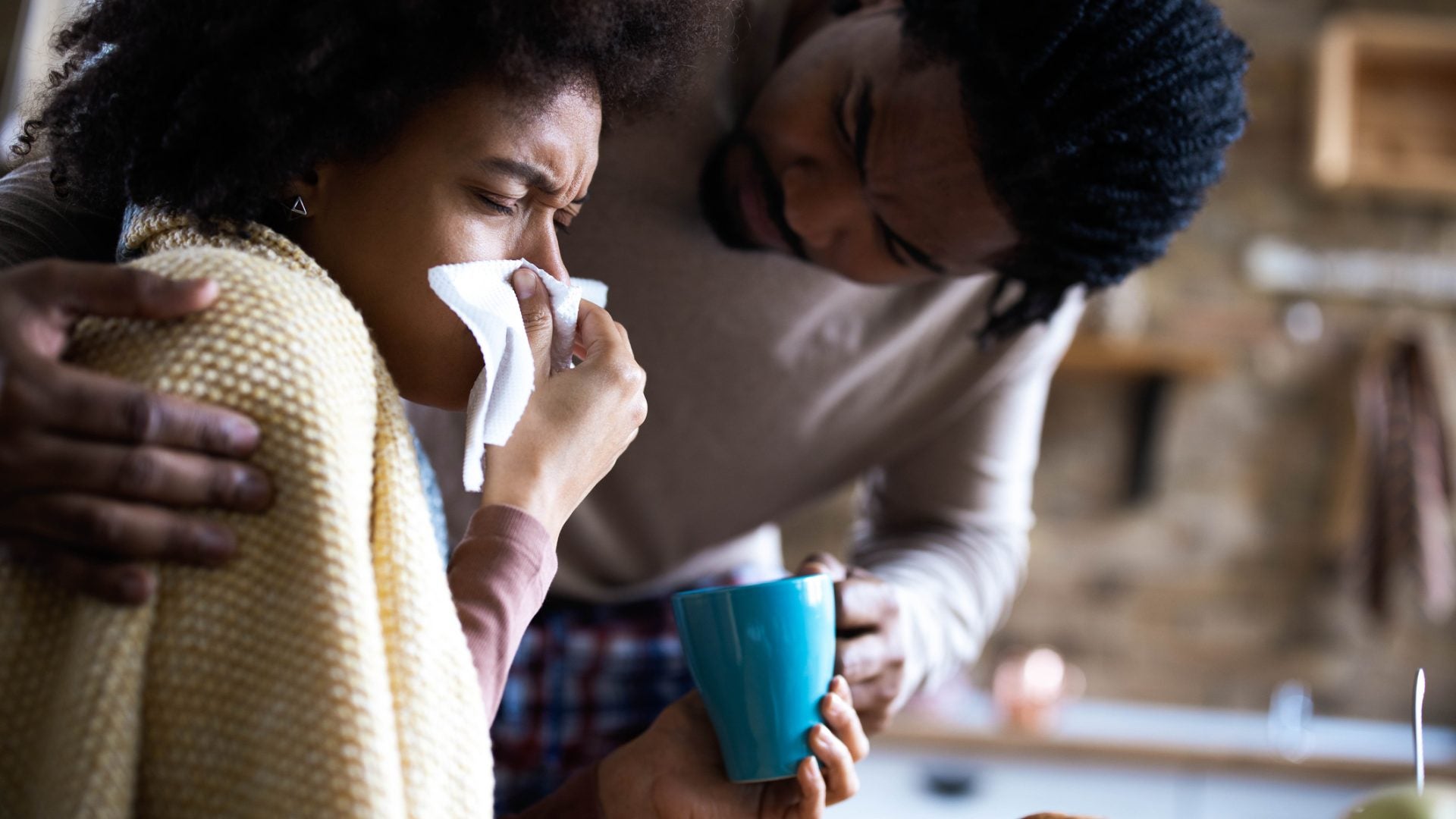
If you’ve been on the Internet long enough, or watched our very informative Wellness Check conversation with doctors about this Omicron wave, you’ve heard about something called “Flurona.” It may sound like a horrific new virus, but it’s not. It’s just a co-infection of the flu and COVID-19. That certainly sounds terrible, and it can be for those who are in vulnerable groups (the same groups we talk about when we refer to individuals at high risk for severe COVID infection), but it’s a common thing.
“Co-infections with multiple respiratory viruses have happened long before COVID-19,” says Dr. Eva Beaulieu, board-certified internal medicine hospitalist and Clorox spokesperson. “Cases of individuals with COVID-19 and the flu are expected, especially in areas with high transmission. People at higher risk are the elderly, pregnant people, people of any age with serious underlying conditions and those with a compromised immune system.”
But for those not at high risk, expected symptoms include, but are not limited to, fever, cough, sore throat, stuffy nose, body aches, shortness of breath, headache, vomiting and/or diarrhea, change or loss of taste and smell and fatigue. Dr. Eva says you shouldn’t expect automatically worsened symptoms because of a co-infection of the flu and COVID, but as always, if you find your illness is severe all of a sudden, seek medical intervention.
“If your symptoms are mild, stay home if possible, avoid sharing personal household items, such as cups, towels and utensils, clean and disinfect high-touch surfaces, wear a mask and practice social distancing,” she says.
Now that you know what to expect of “Flurona,” the best way to protect yourself and those around you is to stay home when you feel sick, socially distance, wear a mask in public spaces, wash your hands often (with soap and water) and the CDC also recommends getting both the flu and COVID-19 vaccine this season as they are the most effective way to protect yourself from severe illness that can lead to hospitalization or worse. Dr. Eva also says you should make it a priority to continuously wipe down high-touch surfaces.
“Because flu germs can live on surfaces for up to 48 hours, it’s also important to use Clorox Disinfecting Wipes to kill 99.9% of viruses on hard, non-porous surfaces in the home as well as shared workspaces and surfaces outside the home,” Dr. Eva says. “With respiratory viruses on the rise, cleaning and disinfecting ‘higher risk areas’ in your home can help reduce the transmission of germs that can cause illness. ‘Higher risk areas’ include high-touch surfaces such as doorknobs, light switches, tabletops, countertops, sinks and faucet handles.”
And to protect kids, who can sometimes get sick more frequently, she says you can make the mundane aspects of prevention fun for them. It will give them a little control and give parents peace of mind.
“In addition to getting a good night’s sleep, staying hydrated and maintaining a balanced diet, you can also help teach your child how to properly wash their hands with soap and warm water for at least 20 seconds, which is about the time it takes to sing ‘Twinkle, Twinkle, Little Star,'” Dr. Eva says. “And if your young kids are resistant to wearing a mask in public, try to give them a sense of control by letting them choose a fabric design they like. Or, if they don’t like the way a mask smells, let them choose a laundry detergent or fabric softener scent they like to wash the mask.”





